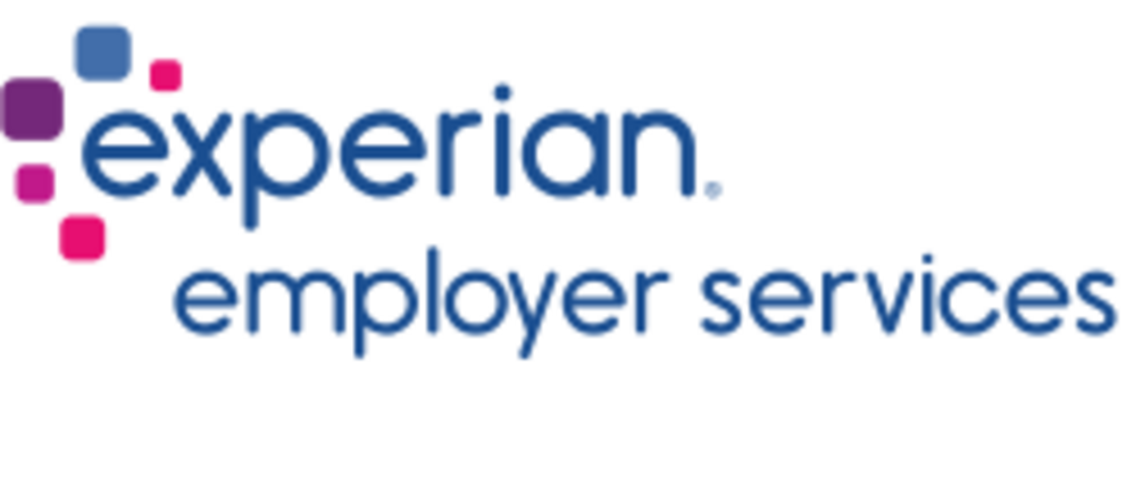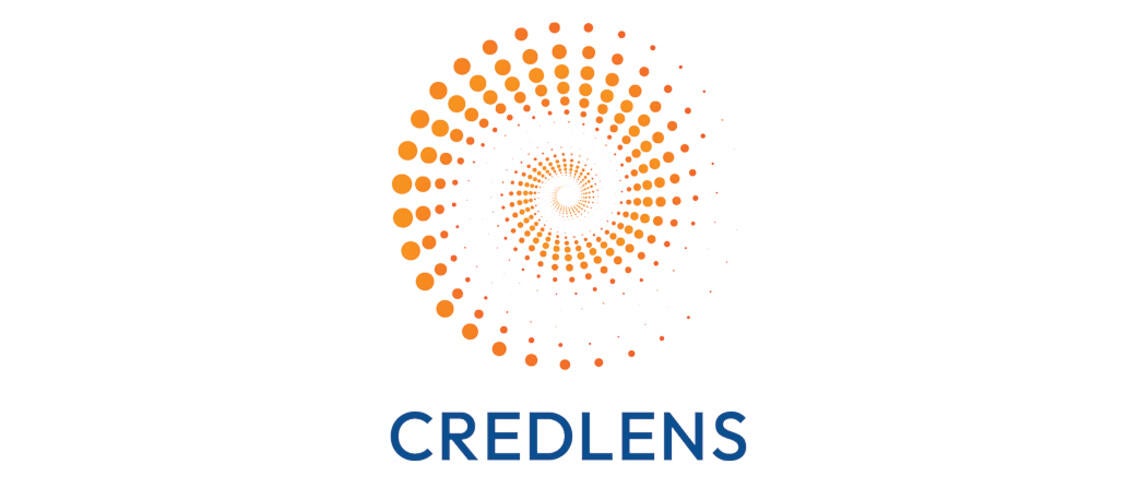NASWA UI Tax Survey 2013
The National Association of State Workforce Agencies (NASWA) recently completed its fourth annual survey of states on the status of their unemployment insurance (UI) financing systems. Originally intended to determine the amount and type of modifications to state UI tax mechanisms, the survey has evolved over the last four years, continuing to track tax changes, but now also tracking changes to weekly benefit payments, duration, eligibility, methods for employers to file UI taxes and alternative sources of funding for repayment of Title XII advances and interest on loan balances.
Some of the key highlights from the survey include:
- Overall, the survey shows evidence of improving labor markets in states from 2012 to 2013.
- The number of states expecting increases in their state unemployment insurance taxes in 2013 was 20, a 13 state decline from the 33 who indicated state unemployment insurance taxes would increase in 2012.
- The number of states projecting unemployment tax revenue to increase in 2013 as compared to state unemployment tax revenue collected in 2012 ranged from 1 to 120 percent; with a weighted average state increase of about 6.62 percent.
- The number of states increasing unemployment tax rates who indicated a discretionary increase in the state’s taxable wage base in 2013 was only two, down from 10 states who indicated they would use this method to increase UI taxes in 2012. Increases in experience ratings on employers and indexation of taxable wage bases were listed as one of the top four methods of increasing UI tax revenue.
- The number of states where tax schedules and surtaxes have reached their maximum levels for 2013 was little changed from 2012, with 23 states indicating their tax schedules and surtaxes have reached their maximums, compared to 22 states who answered similarly for 2012.
- The number of states proposing legislation to address their UI financing systems increased slightly in 2013 with 13 states indicating legislation would be proposed, up from 10 states in 2012.
- The number of states enacting legislation in 2012 pertaining to UI benefits dropped considerably from 13 in 2011 to only six states enacting legislation in 2012.
- The number of states expecting proposed legislation addressing UI benefits levels increased from five to nine, from 2012 to 2013.
As states look to improve solvency status, they continue to look for alternatives from increases in state UI employer taxes or changes to their UI benefit levels. A majority of states indicated they will use “Other” methods to pay interest on Title XII advance including special employer assessments, funds from the state’s general revenue and a combination of the two supplements.






































